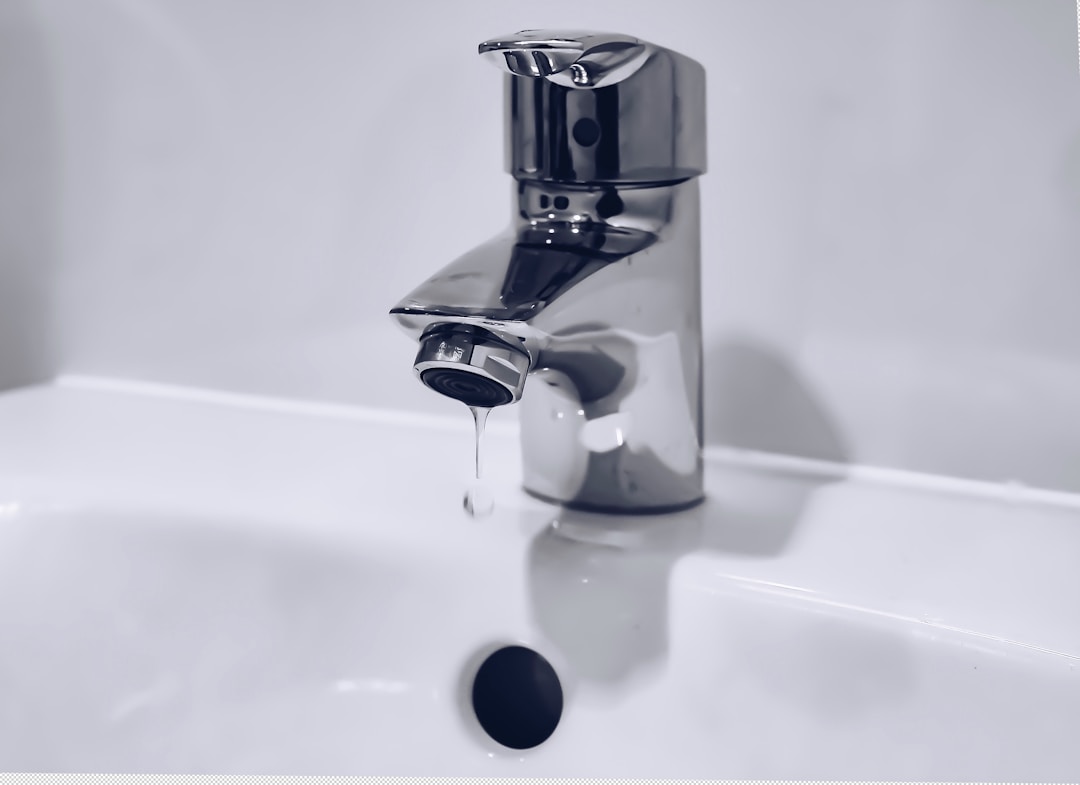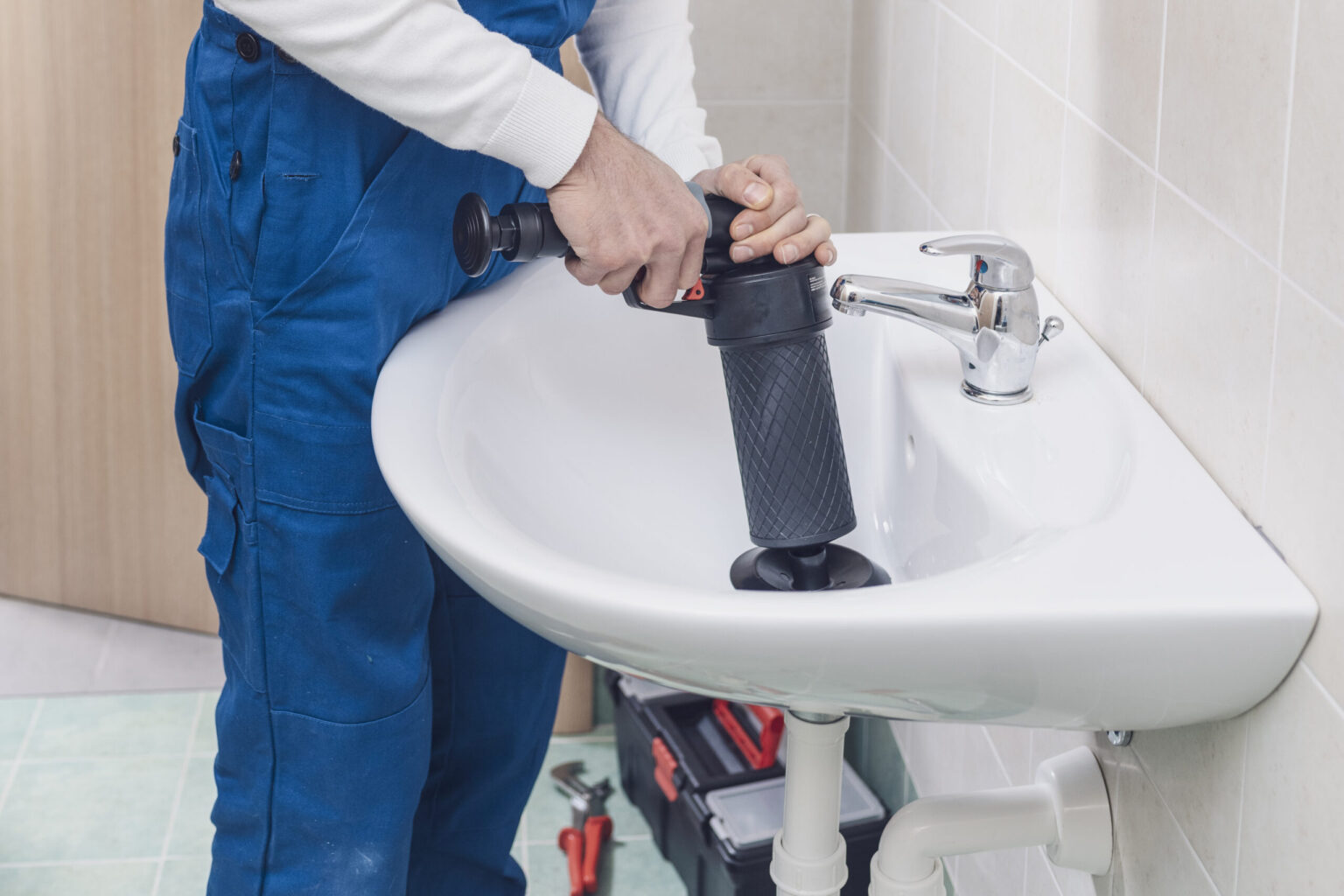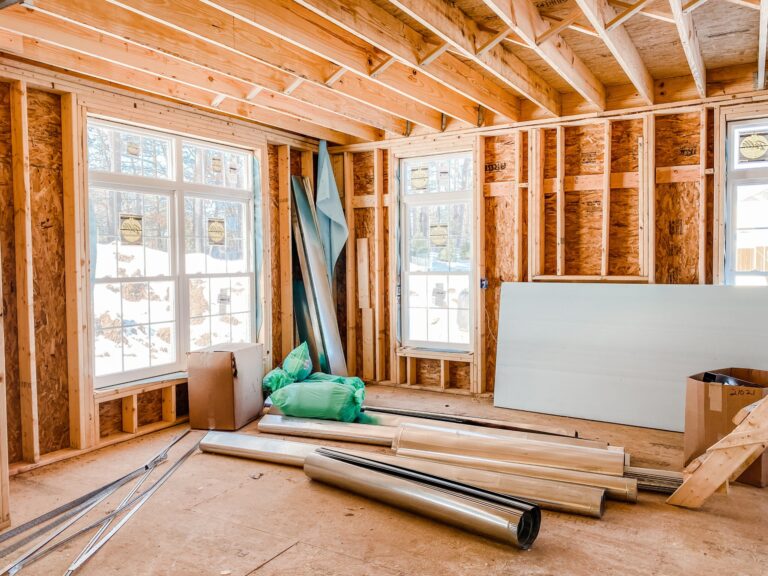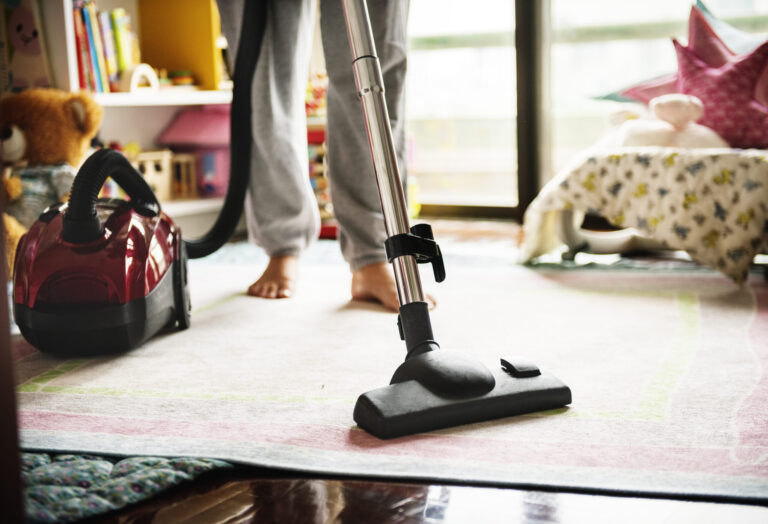Drain clogs are among the most common problems dealt with by homeowners. They seem to appear from nowhere and cause all sorts of problems, from lingering odors to water that won’t drain away. What’s even more frustrating is that they seem inexplicable; one minute, everything is fine, and suddenly, you have a clogged drain on your hands. Understanding the signs of a potential clog can enable you to take measures to prevent it and keep your drainage system running smoothly. Below, we will take you through the most common indicators of a drain clog and guide you on what to do if you observe any of these signs.
Signs That Indicate A Potential Drain Clog

The most crucial aspect of preventing a clogged drain is understanding the warning signs. One of the first indicators of a potential clog is water draining slower than usual. If the water in your sink or bathtub is taking longer to drain, there’s a good chance that you have a clog developing.
The slow draining implies that the sediment build-up inside your pipe is reducing the space available for the water to flow. Strange noises coming from your drainage system could be a result of a blockage. Water flowing around a clog makes unusual sounds as it’s forced to navigate the partial blockage. If you hear a gurgling noise from your drain, it’s a strong indication that it might be time to seek out a plumber like Drain Services In Austin and schedule a drain cleaning.
Another strong indication of a potential clog is the presence of unpleasant odors. A foul odor can point to a clog that’s allowing food particles or other debris to sit in your drainage system and decompose, thereby producing a smell. If you notice a lingering unpleasant odor in your kitchen or bathroom, a drain clog may be responsible. Keep in mind that this does not apply only to sink drains but also to floor drains that may have become clogged.
Understanding The Basics of Drainage System
As a homeowner, having a basic understanding of how the drainage system works in your home is a priority. This knowledge allows you to identify early warning signs when something goes wrong, such as a blockage, thus avoiding potential headaches and costly repairs. The drainage system in most homes is designed to remove wastewater from your home and into a city sewer or septic tank. A network of pipes connects each drain in your house to a mainline, which then leads out to the city sewer or your septic system’s tank.
The fact that you could have a drain problem exists because your drainage system relies on gravity to do most of the work. If a clog forms in the line, wastewater will begin to back up into the house. This backup can cause an unpleasant odor, slow draining water, and even turn into a problem if left untreated. Early detection and correcting the issue is vital to keeping your home safe and sanitary.
In the initial stages, detecting a clog may not be that straightforward. It often starts with minor issues that get overlooked like slower draining in sinks. Over the years, with everyday use and without regular maintenance, these small problems can turn into a full-blown clog.
The Role of Routine Maintenance

Like most aspects of homeownership, prevention is often better than a cure when it comes to drain clogs. Regular maintenance of your drainage system can spare you problems down the line and there’s a lot you can do to budget for maintenance. Routine drain cleaning can help you find clogs before they become a problem, allowing you to take action before they become more serious. Maintenance can be as simple as keeping an eye out for slow drains and taking care of them promptly. After all, a slow drain is often the first sign of a potential clog. Avoid flushing things down the drain that can cause clogs, such as hair, grease, and food debris.
Regularly check your drains for any discoloration, foul odors, or slow drainage. If you adhere strictly to these measures but still encounter clogs too frequently, it may be time to call in a professional for a comprehensive drain cleaning service. Periodic professional cleaning will handle the visible clogs and dig deeper to identify any hidden issues in your drainage system. You also need to think about other elements of home maintenance, outside those related to plumbing, like taking care of your HVAC system, which can prevent moisture buildup and mold growth throughout your home.
What To Do When You Detect A Drain Clog
The first step in addressing a drain clog, assuming it’s not a severe case that requires professional attention right away, is to try and dislodge the obstruction. Physical removal using tools such as a plunger is often enough to get things moving again. However, if this doesn’t solve the problem, it could be that the clog is deeper within your plumbing system. At this point, it would be advisable to call a professional plumber. An experienced plumber has specialized tools for drain cleaning such as drain snakes and hydro jetting machines.
More importantly, they have the skills to safely use these tools to remove even the most stubborn clogs without causing any damage to your pipes. Relying on professional advice when dealing with a serious clog not only ensures that your drains are cleaned thoroughly but it also means that your home’s drainage system is checked for other potential problems that might not be visible yet. If you notice any signs of a potential clog in your home’s drainage system, don’t hesitate to take action. It is always better to act sooner rather than later in such cases.
Understanding How Clogs Develop

Clogs typically begin with a small obstruction that gradually builds up over time. Everyday materials like hair, food scraps, grease residue, and soap scum can accumulate in drains and cause a blockage. Over time, these materials cling to the inner surfaces of your pipes and build up to the point where they obstruct the water flow. When this buildup gets to a certain level, it can begin to trap more debris that passes through, worsening the clog.
Since drains rely on gravity for removing wastewater, any resistance to the flow can cause wastewater to back up, signaling a blockage. Unlike plug-and-play devices and systems in your home, your drainage system doesn’t have an explicit way to tell you when a clog is developing. Therefore, noticing the early warning signs and taking subjective action is the best way to prevent a complete blockage.
It’s also worth noting that while we often attribute clogs to internal factors within the home, your drainage system might also be influenced by external variables. This could include tree roots invading your sewer lines, creating blockages and cracks, or the natural settling and shifting of the ground affecting your pipe alignment.
Drain clogs can be frustrating for homeowners, leading to unsightly backups and an unsanitary home environment. By understanding the early indications of a clog and taking quick action by either trying to dislodge the blockage or seeking professional help, you can prevent much more significant issues. Through proper maintenance and immediate response to slow drains and foul smells, you can effectively manage your home’s drainage system. Everyone wants a home where they can live comfortably without worrying about an impending plumbing crisis. Thus, become a vigilant homeowner and take steps towards smartly managing your home’s drainage system.







